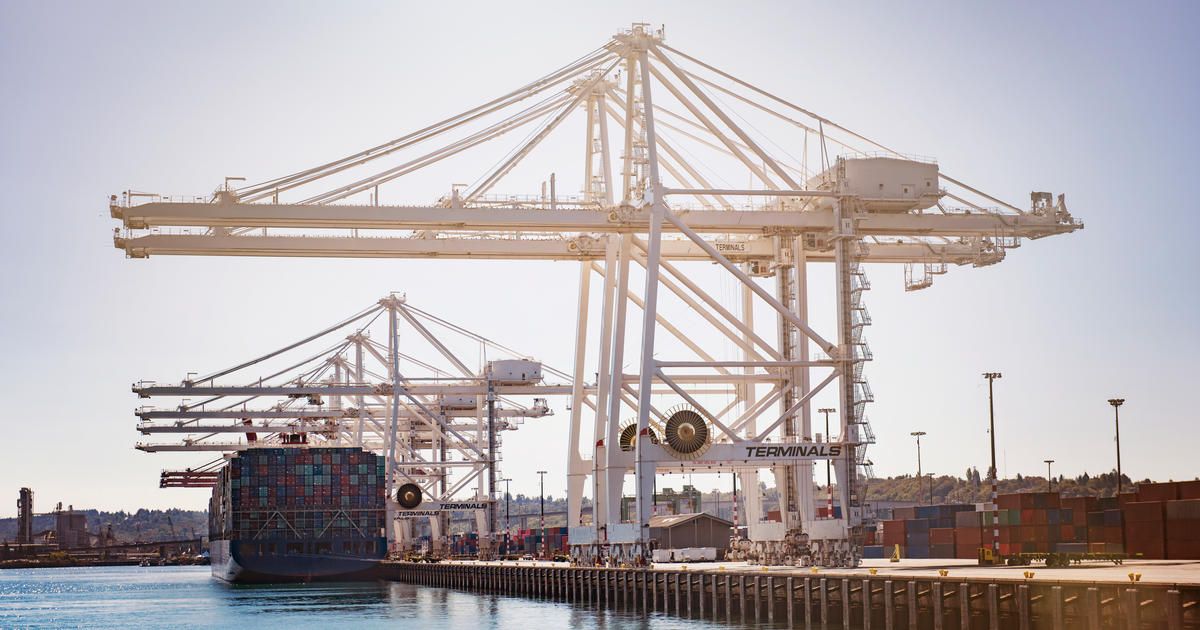As digitization is blanketing the world demanding for productivity, efficiencies and growth, new integrated systems are being rolled out in different industries. In terms of the logistics and freight industry, there are a few that have proven successful such as with ERP, EAM and FSM systems for ports and terminals. Ports are considered the gateway for merchandise trade, with terminals facilitate the flow of shipping vessels transacting such trades. There are many challenges that are faced in concern to ports and terminals. Ensuring quick and safe vessel support and turnaround is essential for maintaining efficiencies, which would factor in evaluations in order for shipping and logistics companies to factor said ports into the routes. That is why these integrated systems for ports and terminals are necessary for progress.
What is an ERP System?
ERP stands for Enterprise Resource Planning, which assists in the management of day-to-day tasks and operations. An ERP system offers business process management tools and not to mention, an organization’s information as well, covering a huge umbrella of capabilities with the ability to integrate other types of software for a seamless integrated system for ports and terminals which will further the efficacies expected for international trade volumes and cargo throughput. AN ERP system factors in accounting, human capital, manufacturing & distribution, sales, supply chain, customer service, and business intelligence.
What is an EAM System?
EAM stands for Enterprise Asset Management and is the result of what computerized maintenance management systems or CMMS. The system carries out management functions for a variety of assets and used in complex industries that rely on physical assets, much like ports. The focus of an EAM system for ports and terminals looks at maintenance, monitoring, management and forecasting in order to make the best of the assets in hands. Furthermore, Asset management is an important factor for integrated system for ports and terminals especially in terms of smart port operations, whereby bridges, railways, cranes and more must operate as and when they are needed with optimized use of ground vehicles for maximum performance of the fleet at hand.
What is a FSM System?
FSM stands for Field Service Management that essentially makes complex services simple an end-to-end solution that provides business efficiency, fast response times and real-time reactions. The management of work orders, contract parts and assets, warranties, invoices, and billing are included.
The above integrated systems for ports and terminals have proven to be useful and highly successful in ensuring improved business operations and overall efficiencies & productivity. By adopting new technologies and digitization, with integrated systems for ports and terminals, Australian infrastructure it making a beeline towards their intended goals of fully encompassing the digital world.
Image: IFS

